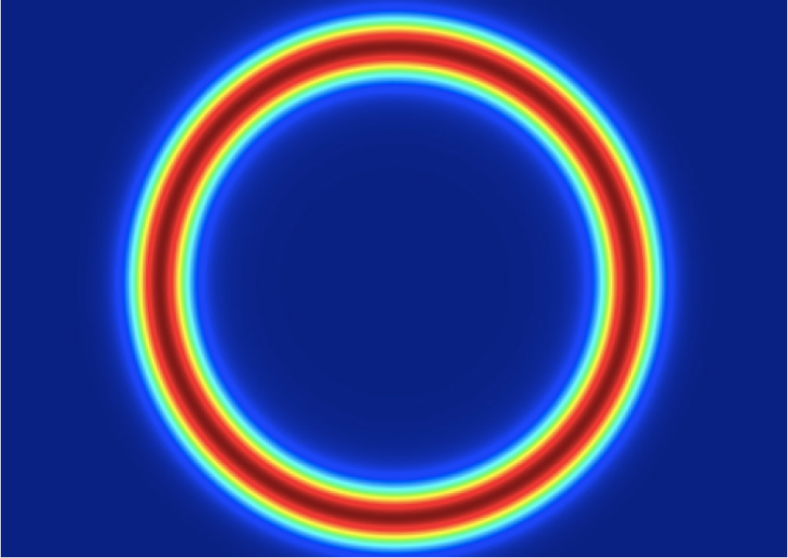Diffractive optics involves the manipulation of light beams. Diffractive optics make use of diffractive optical elements (DOEs) to exploit the light’s wave nature and modify its phase. To shape the light beams, DOEs use diffraction effects. In this setup, microstructure patterns are created on the substrate material through fabrication processes. A DOE uses these microstructure patterns to alter the light’s phase when the light propagates through it. Light moves faster through the sunken areas of the diffractive element in comparison to the higher areas, resulting in a controlled phase delay.
Diffractive Optics Lenses
Diffractive optics lenses are quite different from the regular and refractive lenses. These lenses can be very thin flat windows to utilize light’s wave nature to accomplish their focusing effect. The diffractive optical lenses can spread out or focus a monochromatic light, such as a laser beam, by slowing down the light passing through a particular circular zone on the surface, called “Fresnel Zones”. Therefore, these lenses can work similar to how a regular lens can work for their design wavelength.
Advantages and Applications of Diffractive Optics Lenses
There are various advantages of using diffractive optics lenses over refractive lenses, such as
- Excellent accuracy in focal length
- Easy to position due to the thin and flat windows
- Substantially lesser thermal lensing effects
- Extremely high LDT.
Because of the above-mentioned advantages, diffractive optics lenses are useful for various applications, including
- Fiber collimation, particularly when it comes to using lenses for low NA (Numerical Aperture) fiber arrays
- In high power applications where Athermat focus lenses are required
- High power material processing
- Various light applications, including collimators designed for VCSEL arrays.
What is an Optical Diffuser?
An optical diffuser is different from diffractive optics. This is an optical component that helps to scatter or spread out the input light beam in different directions. Therefore, when it comes to diffusing the beam profile’s optical energy, optical diffusers become crucial. Among many types of optical diffusers, diffractive optical diffusers have applications in various fields. Diffractive optical diffusers are a family of diffractive optics and use the same diffraction principles to controllably diffuse the light to pre-determined illumination patterns. Typically, diffractive diffusers are designed to provide uniform, or “flat top” illumination.
The Applications of Diffractive Optics
Because of high precision in manipulating light beams, diffractive optics has a wide range of applications in various fields. In beam shaping, DOEs help to obtain a specific beam pattern by shaping the input beam. Laser printing, laser machining, and laser surgery are some useful applications of beam shaping. Apart from beam shaping, diffractive optics is useful for imaging, 3D sensing, holographic imaging, spectroscopy, and microscopy.












